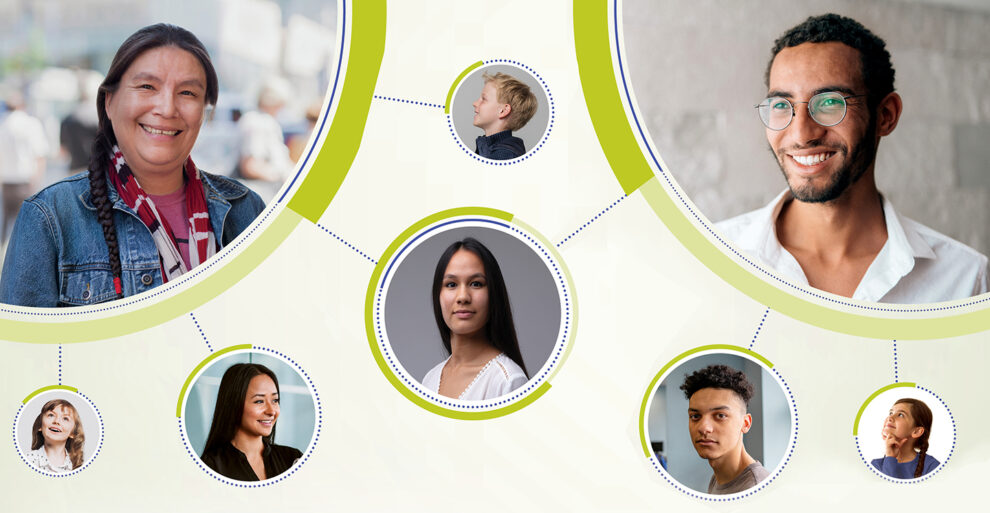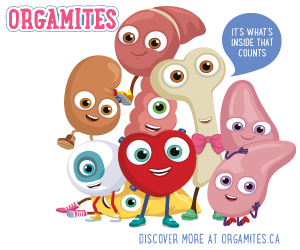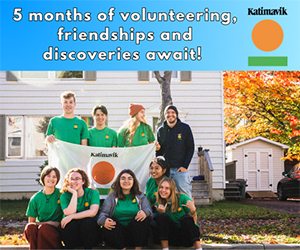In Homer’s epic poem ‘The Odyssey,’ before Odysseus set off to fight in the Trojan wars, he entrusted the education of his son Telemachus to a friend. That friend was an elderly gentleman named Mentor. While Odysseus spend three decades away from his family, Mentor did his best to ensure that Telemachus would learn and grow to become a man of distinction.
While Mentor plays a minor role in this poetic tale of fate, glory, and honour, his sage guidance for young Telemachus seemed to have stuck through the epochs of literary history, eventually finding its way into the modern era—a time when mentors abound, and mentorship is seen as a key to personal growth and community development.
Why is mentorship important?
In a society that seems to tacitly embrace a ‘you’re on your own’ kind of individualism, there is a powerful counterforce of communal support demonstrated in the mentorship movement. A mentor can be anyone from a parent to a friend to a colleague. It involves the establishment of a meaningful partnership wherein lessons are passed on from someone who knows to someone who doesn’t know. This is accomplished in the same spirit of trust and respect depicted by Homer in his poem 3,000 years ago.
A mentor is a trusted advisor who both teaches and models the behaviour involved in a targeted objective, skill, or trade. For example:
- A songwriter may take another musician under their wing and teach them how they write a song.
- An adult may volunteer to be a ‘big brother’ or ‘big sister’ for someone in their community.
- A welder might take on an apprentice to show them how to competently perform Arc, TIG, and MIG welding techniques.
- A nurse might teach a trainee or student how to perform a variety of patient care practices.
All these relationships involve someone who knows—and is skilled—teaching certain things to someone who doesn’t know how to perform, or needs exposure to, a certain task. What distinguishes a mentorship relationship from simply teaching is the bond between the mentor and the mentee. The person absorbing the new knowledge is not only becoming a songwriter, a ‘little brother,’ a welder, or a nurse, they are also absorbing the behaviours and attitudes of their mentor. They are doing this through a process of interaction, questioning, and bonding. In other words, they are learning skill-based lessons but, more importantly, they are learning life lessons as well.
Mentorship and schools
Schools are a hub for both informal and formal mentorship. While teachers can often serve as mentors for their students, a strong co-curricular activity program of clubs and sports can bring a student to life, and the facilitators and coaches are often viewed as mentors. While mentorship is not the explicit goal of these activities, it can become the implicit result.
In terms of formal mentorship opportunities, one of the most obvious avenues available is the cooperative education program where students learn new skills—both practical and life—from mentors at work placements in the community. Many schools also employ peer mentorship programs wherein senior students align with junior students to model success and accomplishment within an academic setting.
There are also mentorship opportunities for students beyond the school environment. This can occur between an agency and the school or completely independent of the school.
Here are just a few examples:

What makes a mentorship successful?
Most scholars believe that a successful mentorship relationship needs to involve the following:
- Trust –a mentorship relationship needs to be built on trust. The mentee needs to know that they can trust the mentor and vice versa.
- Respect – the foundation of the mentorship relationship should be one of mutual respect wherein each honour what the other has to offer.
- Expectation – the mentor should help the mentee establish realistic goals and expect that they will meet them. If they stumble along the way, a new approach can be implemented with achieving the goal or meeting the expectation being seen as a priority.
- Communication – a mentor needs to be able to speak openly and clearly with their mentee so that goals can be understood and met. The mentee needs to be able to provide feedback and ask for direction when necessary.
- Correction – when something goes wrong, the mentor and mentee need to have a strong enough relationship to talk about things that need to be corrected. Whether that involves an on-the-job task or a social skill, correction is part of the mentorship relationship.
- Affirmation – a solid mentorship involves encouragement, cheer-leading, and affirmation. It is important to celebrate the things that are going right.
- Commitment – both parties need to approach the mentorship opportunity with a level of commitment that demonstrates that the relationship is a priority.
The benefits of mentoring
The data is clear: mentorship works! Students who participate in mentoring relationships or programs:
- Feel a stronger sense of self-esteem and confidence.
- Demonstrate improved interpersonal and social skills.
- Develop healthier relationships with peers, parents, teachers, and other caring adults.
- Are less inclined to engage in destructive behaviours like drug use, alcohol abuse, etc.
- Are more likely to graduate high school.
- Usually see improvement in their grades.
- Tend to feel more positively about attending school.
- Aspire for more—whether that means applying for post-secondary programs or aiming higher when it comes to their career ambitions.
Mentors also benefit from the relationship. These benefits include:
- A sense of gratification and satisfaction for both giving back to the younger generation and sharing knowledge and skills with others.
- A feeling of accomplishment for having helped a young person.
- Improved self-esteem and confidence.
- Growth in patience and understanding when it comes to the developmental needs of young people.
- Training of a potential future employee.
- Improved supervisory skills with employees.
Mentorship and the Guidance Counsellor
One of the main roles of guidance counsellors is to point students in the right direction. Whether that is directing students to the appropriate approach to studying or toward the most suitable post-secondary destination, guidance counsellors are the go-to-person when it comes to keeping a student on track when thing seem to be going off track. When it comes to mentorship opportunities, guidance counsellors can:
- Promote student involvement in co-curricular activities—even contacting facilitators and coaches when it comes to certain students.
- Promote student involvement in co-operative education.
- Form partnerships with community mentorship programs
- Keep a list of mentorship programs in their local community and be prepared to direct students to these opportunities where appropriate.
- Evaluate programs to see if they meet the expectations of a successful mentorship relationship.
- Invite community mentors to speak to students about their lives and the lessons they have learned.
Keeping it simple!
There’s a lot to consider when a guidance counsellor considers the idea of mentorship. Perhaps the simplest way to approach mentorship is keep it simple. Beyond formal programs and mind-numbing statistics, just remember that elderly gentleman named Mentor who, when asked by his friend Odysseus, agreed to take Telemachus under his wing to provide him with the guidance and friendship he needed while his father was away. It was an agreement rooted in helping the young man to develop the resilience to survive in a demanding world. A guidance counsellor can encourage mentorship by being a ‘Mentor’ and then helping students experience the benefits of a mentoring experience either within the school environment or beyond.
By Sean Dolan





